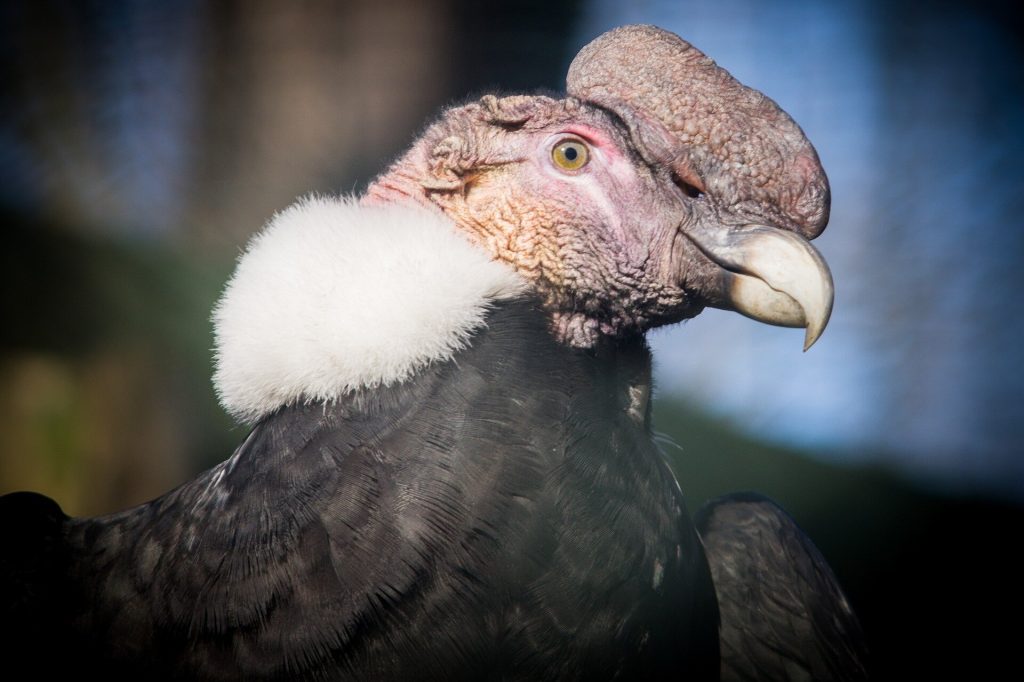Credit: Pixabay/CC0 Public Domain
A team of paleontologists, environmentalists, naturalists and biologists affiliated with a number of institutions in Canada and Argentina has found that guano piles left behind by generations of Andean condors over thousands of years can provide clues about long-term changing environmental conditions.
In their paper published in the journal Proceedings of the Royal Society B, the group describes their difficulties in accessing the guano pile and how they studied its contents.
As climate change progresses, scientists around the world continue to study potential impacts of ongoing climate change. One way they do so is by studying how animals have adapted to past climate change. In this new effort, the researchers focused their efforts on Andean condors, a species known to have persisted over a long period in relative isolation. That has made the very large scavengers the target of several research efforts.
Unfortunately, isolation also makes them difficult to study. Condors tend to stay in the air a lot of the time and they nest on the sides of cliffs, which can be difficult to reach. In this new effort, the research team overcame such obstacles by hiking a long distance and then rappelling down a cliff face until they reached a condor nest. Once there, they discovered that the nest was surrounded by a large pile of bird poop that had been accumulating in size over many years. Intrigued by their find, they cut out a large slice and carried it back to their lab for testing.
In studying the guano sample, the researchers used a host of techniques, such as DNA sequencing and chemical analysis. They found that the guano pile had been growing for approximately 2,200 years. They also found that the rate of increase varied over time, depending on environmental conditions—growth slowed, for example, over the thousand years from 1650 BCE to 650 BCE, a period of heavy volcanic activity in the area.
They also found that as humans introduced livestock into the area, the birds switched to feeding on sheep and cattle from a previous diet of dead whales, guanacos and llamas.
More information: Matthew P. Duda et al, A 2200-year record of Andean Condor diet and nest site usage reflects natural and anthropogenic stressors, Proceedings of the Royal Society B: Biological Sciences (2023). DOI: 10.1098/rspb.2023.0106
© 2023 Science X Network
Citation: 2200-year-old guano pile reveals historical adaptations by Andean condors (2023, May 3) retrieved 4 May 2023 from https://phys.org/news/2023-05-year-old-guano-pile-reveals-historical.html
This document is subject to copyright. Apart from any fair dealing for the purpose of private study or research, no part may be reproduced without the written permission. The content is provided for information purposes only.

